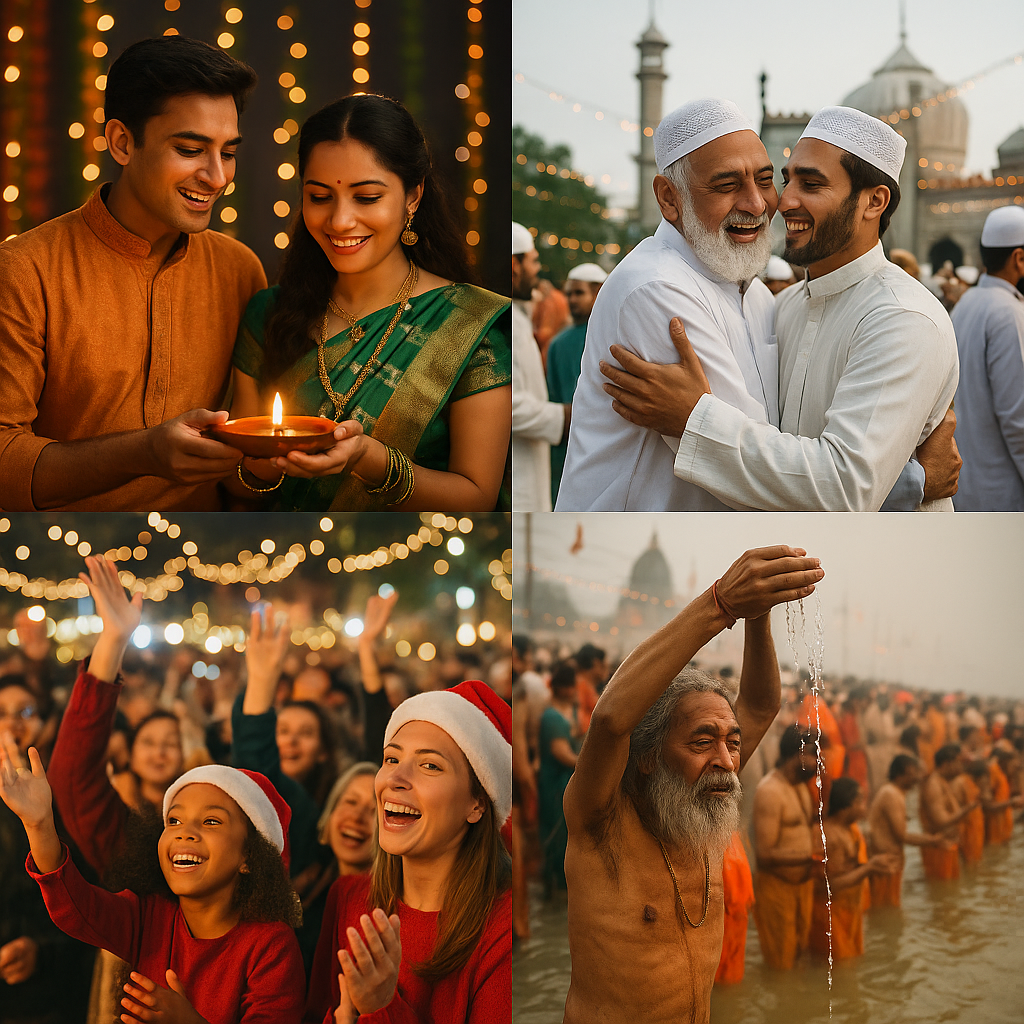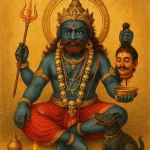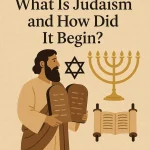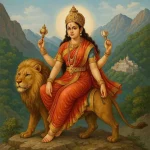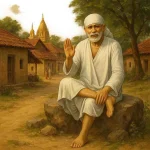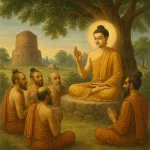When Ritual Meets Reality: How Devotional Festivals Are Changing in the 2020s
In the 2020s, faith festivals around the world — from Diwali and Eid to Christmas, Navratri, and Kumbh Mela — are no longer only about rituals; they’ve become living expressions of cultural identity, social awareness, and global connection. As societies modernize and technology reshapes human life, devotional festivals are evolving too — blending the sacred with the social, the ancient with the contemporary. This transformation shows how spirituality continues to adapt, proving that devotion is not fading but finding new forms to stay alive in modern times.
The Changing Landscape of Faith
Traditionally, religious festivals were deeply tied to community, seasons, and rituals. They marked harvests, cosmic cycles, and divine myths. But in today’s world — shaped by cities, smartphones, and global media — these festivals have expanded far beyond their original settings.
In India, millions now celebrate festivals like Ganesh Chaturthi, Durga Puja, or Janmashtami not just in temples but also online, through live-streamed aartis and digital offerings. In Latin America, Christian processions mix with indigenous rituals and modern music. In the Middle East and Southeast Asia, Ramadan, Vesak, and Holi are celebrated with sustainability drives and interfaith participation. The sacred has entered the digital age, and rituals are meeting the realities of modern life.
Technology: The New Temple Courtyard
The 2020s have seen the rise of digital devotion. Social media, livestreams, and virtual-reality darshans have allowed devotees to experience faith without boundaries. During the pandemic, these tools became spiritual lifelines — and now, they’re part of the new normal.
Temples and churches have apps for prayers and donations; AI-driven chatbots answer questions about rituals; and “digital pandits” guide families through ceremonies remotely. Far from replacing tradition, these innovations have made rituals more accessible — connecting diaspora communities and busy urban families who might otherwise miss the experience. Technology has turned global festivals into shared experiences. Aarti from Varanasi can be watched in New York; a Christmas mass in Rome can be attended from Nairobi; a Buddhist chanting ceremony in Bangkok can reach listeners in London. Faith has become borderless, yet more personal than ever.
Sustainability and Eco-Spiritual Awareness
One of the most powerful changes of this decade is the greening of devotion. Around the world, communities are rethinking rituals to align with environmental consciousness.
In India, eco-friendly Ganesh idols made from clay and plant seeds are replacing plaster ones. Diwali celebrations emphasize “green crackers” and organic rangoli colors. In Latin America, the Day of the Dead festivals now include messages about protecting nature. Even during Ramadan and Lent, faith leaders encourage sustainable living — reducing waste, sharing food, and planting trees as spiritual acts. These movements show that spirituality and sustainability are not separate paths but two sides of the same truth: reverence for creation is reverence for the Creator.
Inclusion and Gender in Modern Rituals
Another profound transformation is the way festivals are becoming more inclusive and gender-sensitive. Traditionally male-dominated rituals are now open to women and marginalized communities. In Maharashtra, women perform Ganesha immersions; in Varanasi, female priests conduct Ganga aartis; and during Navratri, temples highlight women’s empowerment alongside worship of the Goddess. Globally too, similar shifts are visible. Churches and mosques welcome women and youth into leadership roles during holy observances. In Japan’s Buddhist temples and African indigenous festivals, gender diversity and youth participation are increasingly seen as sources of strength.
Festivals, once reflections of hierarchy, are now becoming symbols of equality — reminding us that devotion belongs to everyone.
Commercialization and Conscious Revival
With modernization also comes the challenge of commercialization. Many festivals have turned into large-scale public spectacles — with lighting shows, celebrity endorsements, and corporate sponsorships. While this boosts visibility and tourism, it risks turning sacred experiences into entertainment.
However, the response from spiritual leaders and youth has been equally strong: a conscious effort to restore authentic meaning. Local communities now combine tradition with creativity — organizing quiet meditation events, rural processions, and charity drives during festival seasons. The goal is to bring back bhakti (devotion) over display. The balance between festivity and faith defines the 2020s — where celebration is joyful, but awareness remains central.
Globalization of Devotion
As people migrate and cultures mix, festivals are no longer confined to one country or community. Diwali is celebrated in London and Los Angeles; Eid is honored in Latin American cities; Holi has become a global symbol of unity and color. What began as local expressions of faith are now universal celebrations of life. Yet, even as these festivals go global, they remind participants of their roots — connecting the diaspora with their heritage and teaching others about the beauty of diversity in devotion.
The Deeper Meaning Behind the Change
At the heart of these transformations lies one timeless truth: rituals evolve, but faith endures. As life becomes faster and more digital, people seek moments of pause and purpose. Festivals provide that sacred rhythm — moments when individuals reconnect with their culture, their families, and the divine within. The fusion of ritual and reality shows that spirituality is not static. Whether it’s an eco-friendly Ganesh immersion, a live-streamed Eid prayer, or a quiet candlelit Christmas mass, every act of devotion continues the ancient conversation between humans and the divine — just in new languages and mediums.
Devotional festivals in the 2020s are no longer limited to specific times, places, or rituals. They have become living, evolving expressions of faith meeting modern life — digital, inclusive, and globally connected.
~Religion World Bureau

